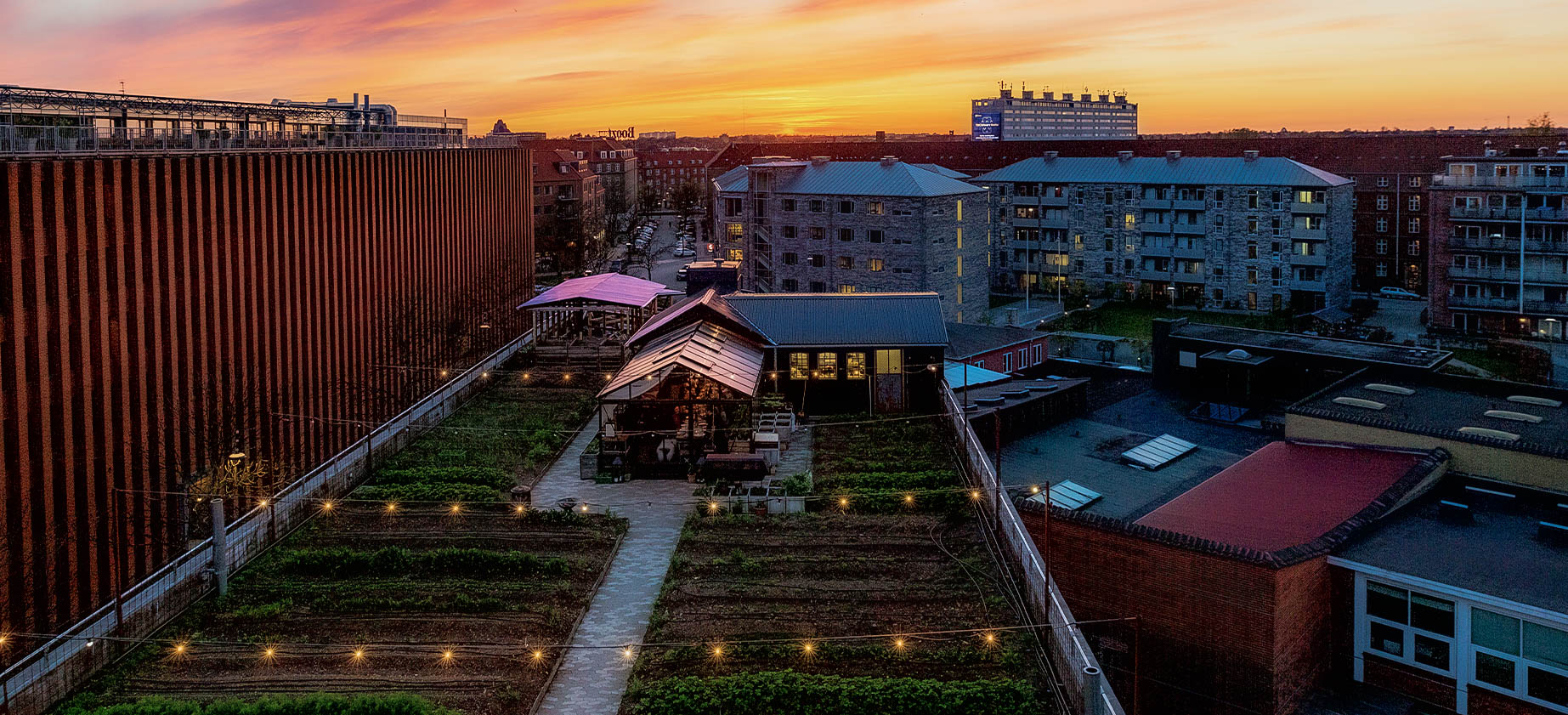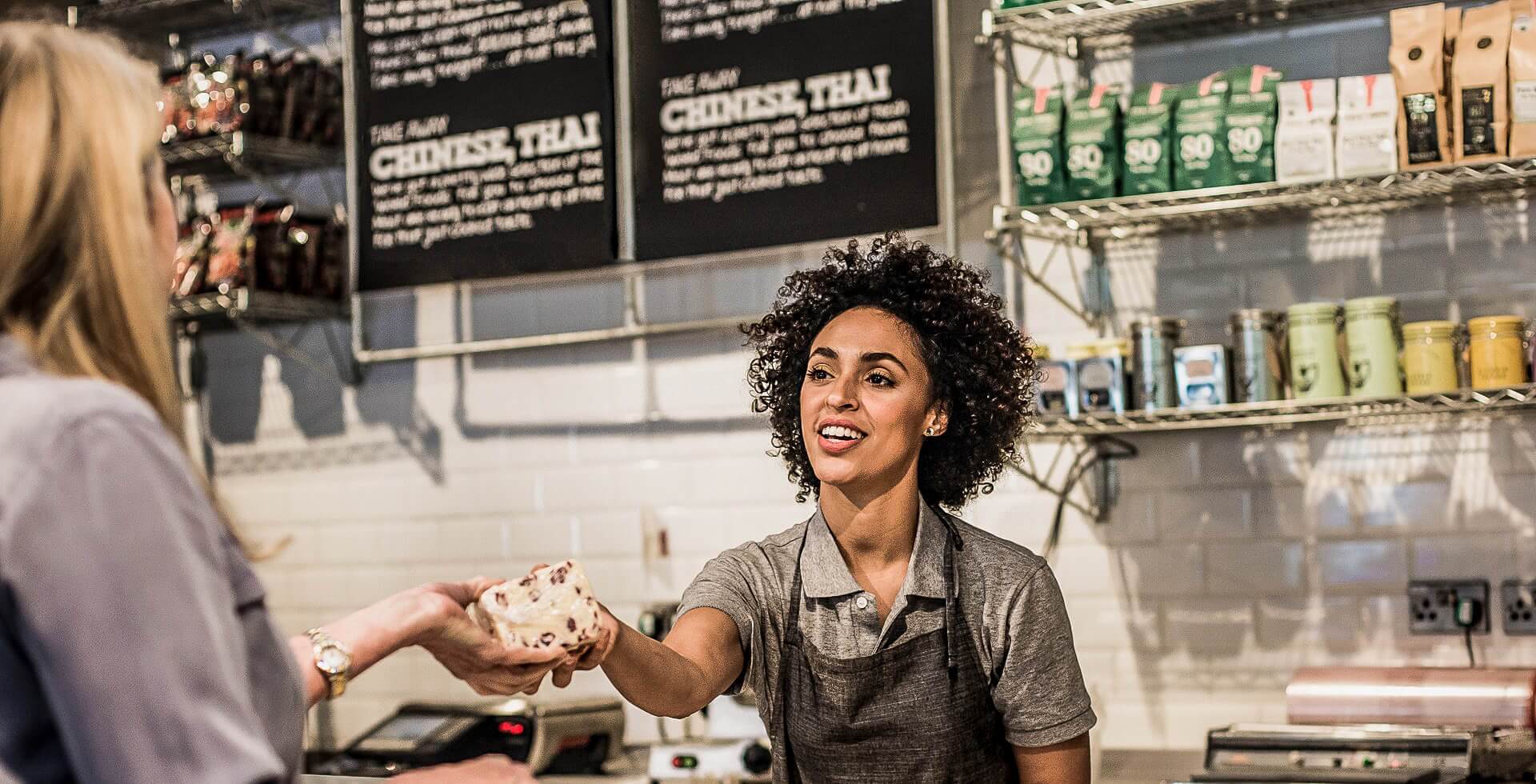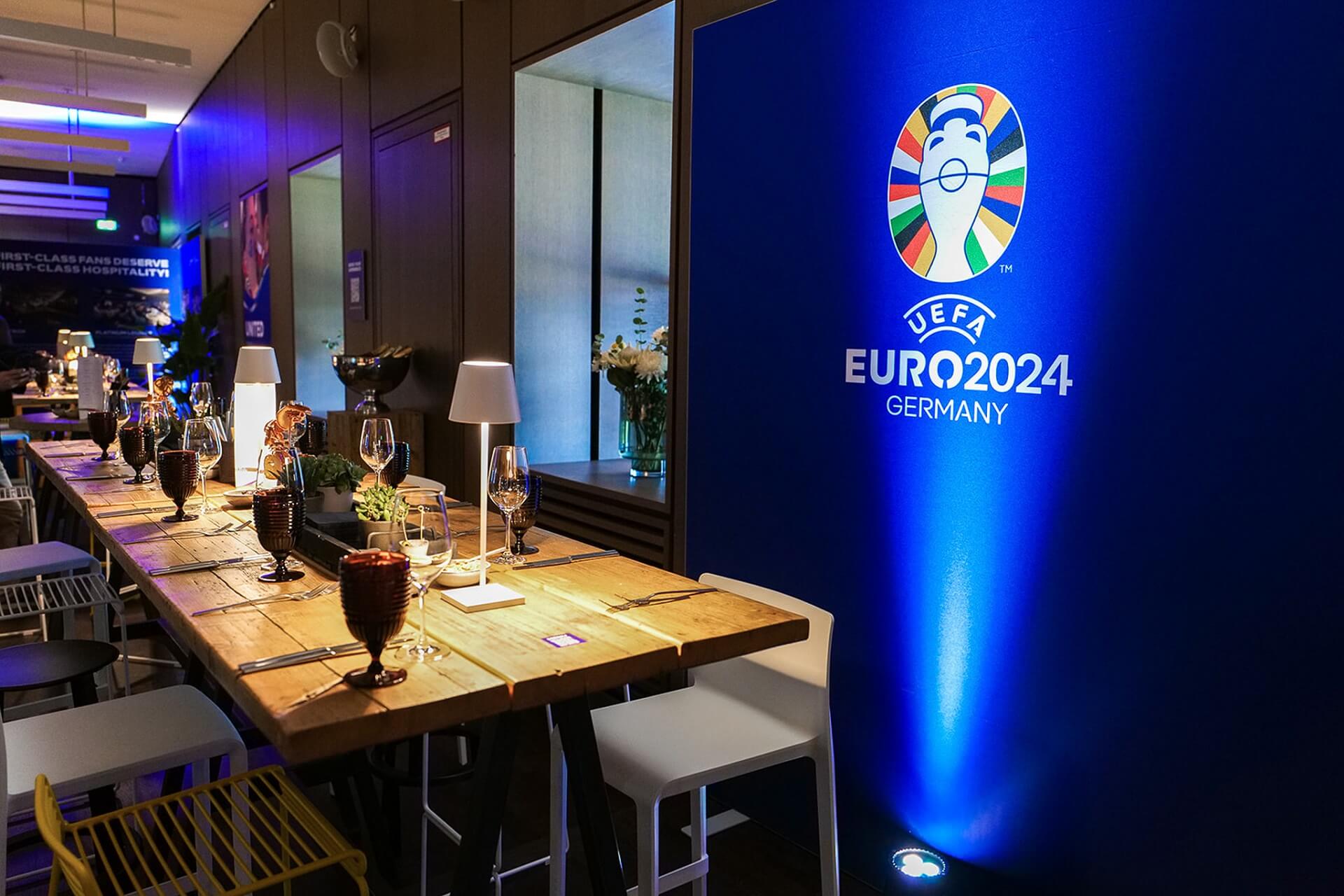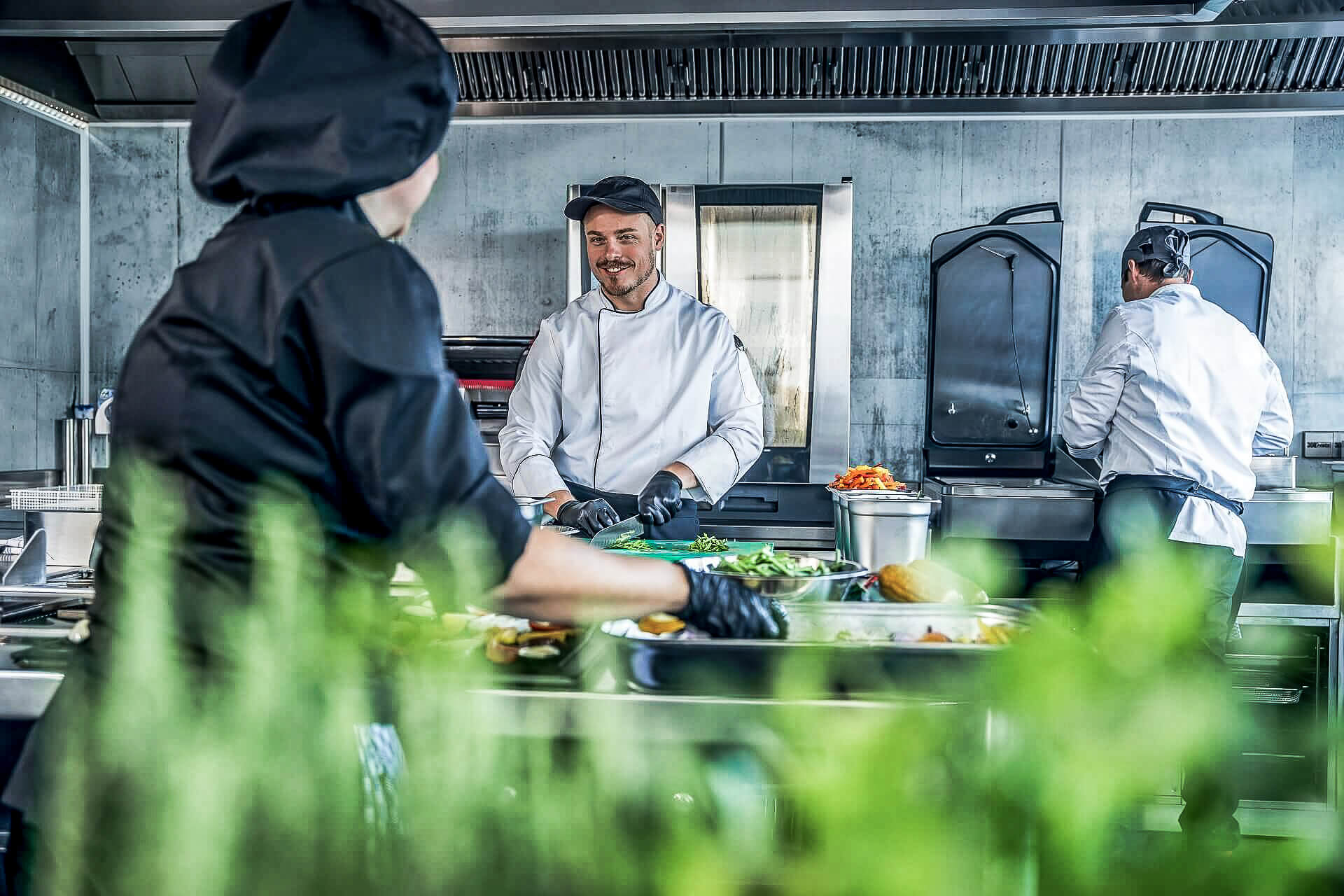Deliciously close to home – Haute cuisine embraces regional fare
The idea of dining conscientiously, with an emphasis on local and regional products, has spread beyond its hippie niche and made its way onto mainstream shelves. And it’s not just a trend among those who live within walking distance of their favorite farm store— regional products are making a particularly big splash in major cities. Everywhere from Hamburg to Munich, city slickers are getting their veggies from the weekly farmers’ market, or even forming agricultural co-ops to build personal relationships with the people who grow their favorite foods.
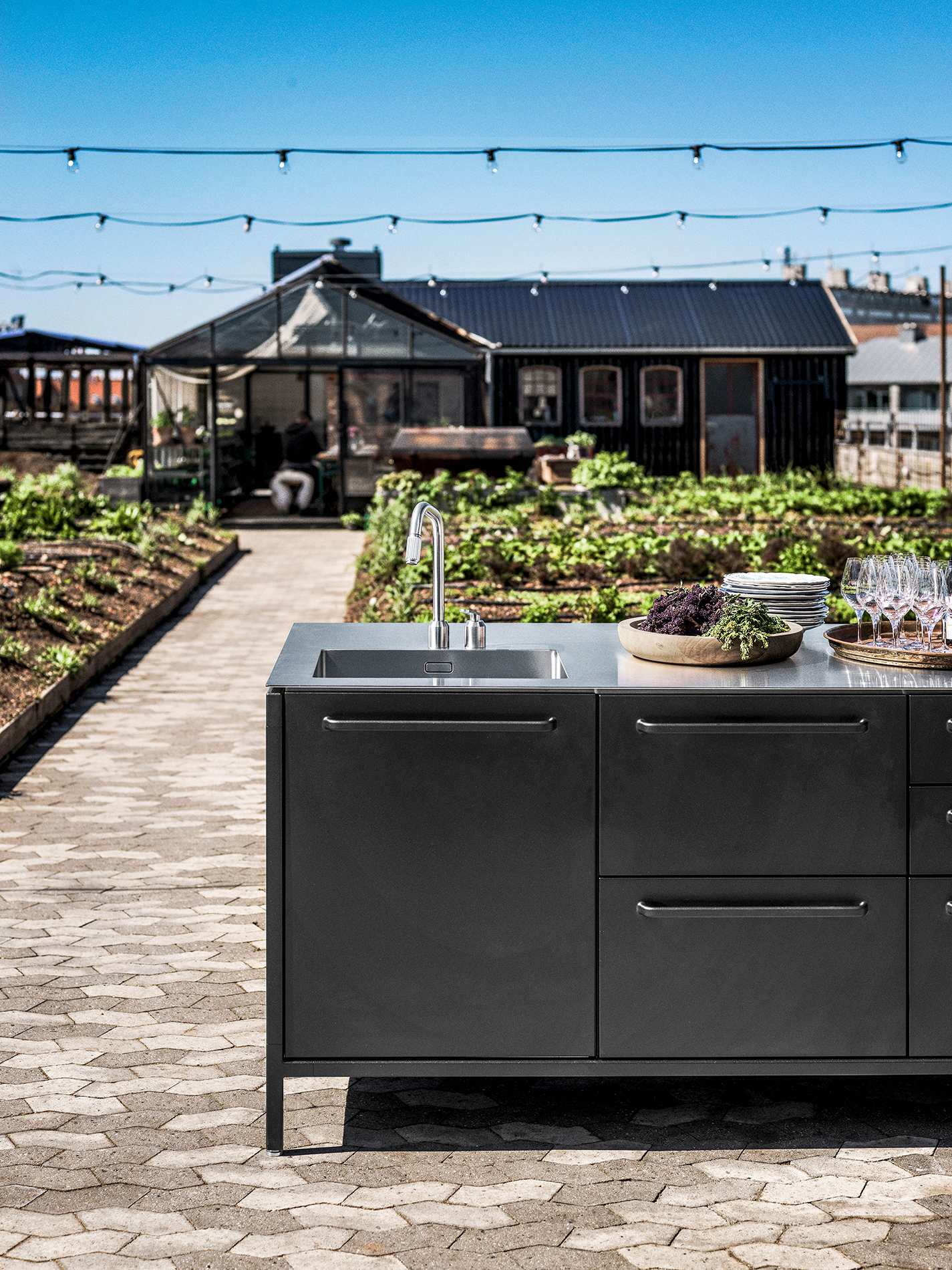
Image: Gro Spiseri
Of course, products that are regional, sustainable, and tasty all at the same time aren’t just popular with city dwellers longing for the simpler things in life. Pioneering, world-class restaurateurs like the founders of Nobelhart & Schmutzig are riding the local-foods wave as well. The Michelin-starred restaurant is firmly dedicated to the concept of exceptional food made with regional ingredients. Its minimalistic fare, prepared in an open kitchen under the watchful eye of head chef Micha Schäfer, is impressive even without using “exotic” additions like pepper, olive oil, chocolate, or citrus—the food doesn’t just TASTE authentically local, it really IS.
Urban gardening: from sprawling to sprouting, spring has sprung
“As local as possible” is all well and good, of course, but arable farmland can be a little tough to come by in big cities. Green-minded city dwellers need new models that can respond to global challenges and urban deficits. Fortunately, Increased urbanization has prompted people all over the world to come up with new ways of swapping concrete for carrots. Hidden away in back courtyards, on rooftops, and in abandoned lots, they’re starting a literal grassroots movement to foster conscientious urban living through sustainable agriculture. You might associate Detroit with Eminem and a struggling auto industry, for example, but its hundreds of miniature organic farms might not have made it onto your radar. On this side of the pond, too, more and more city folk are reducing their ecological footprints:
Berlin is home to hundreds of urban gardening projects, and towns from Andernach to Dessau are turning the gray into green(s). Fittingly, the urban gardening concept traces its roots back to the Big Apple, and it’s continuing to flourish all around the globe. The restaurant world is nuts about the idea, too. (And seeds. And berries.) In Copenhagen, the founders of the farm co-op Østergro have swapped the rooftop bar for a rooftop garden, and the organic harvest goes straight onto the menu at the restaurant Gro Spiseri. In Mönchengladbach, PURiNO opened its first urban garden, and was soon enjoying both vegetables (for its food) and image-boosting praise (for its social projects).
Vertical farming: salad for social climbers
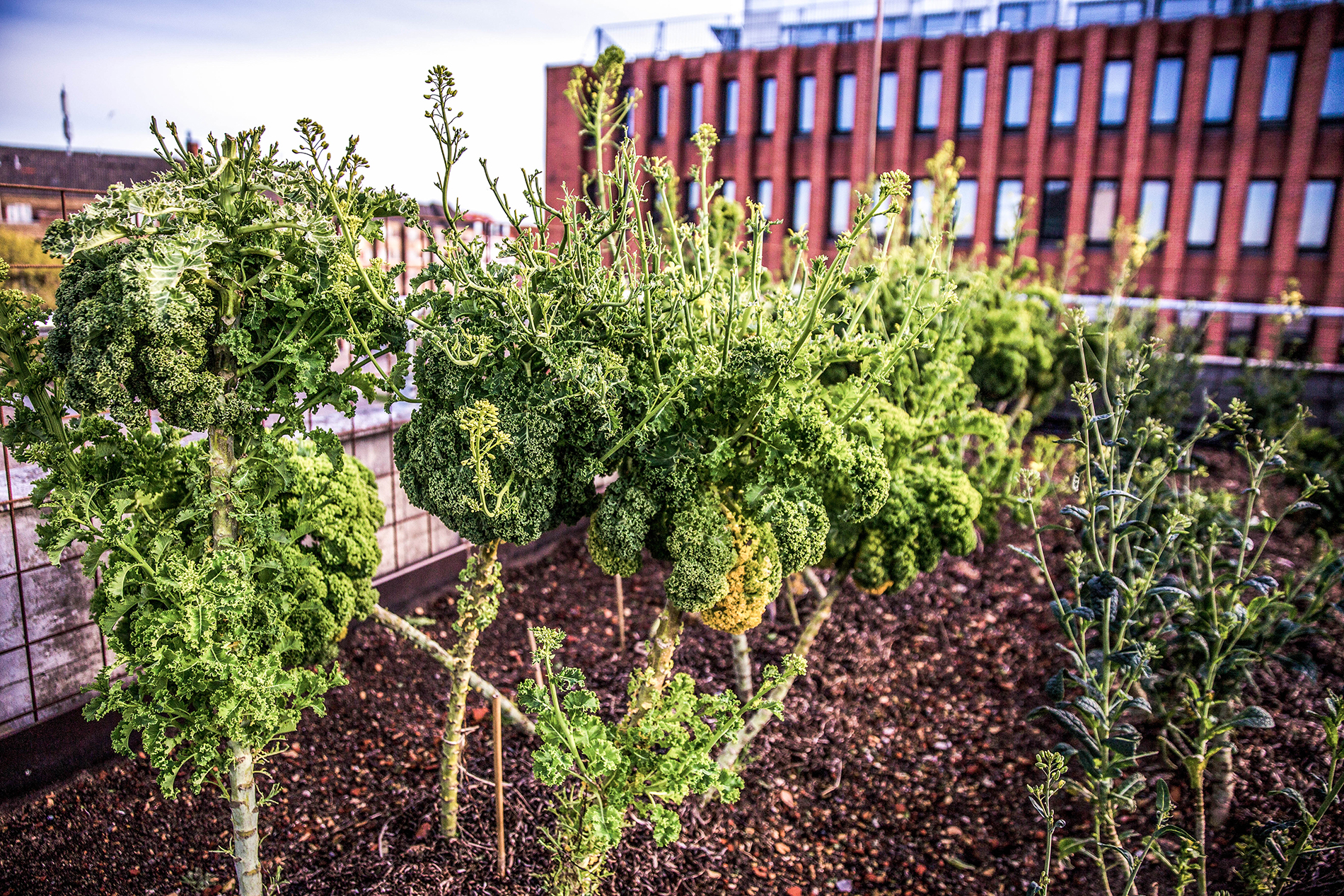
Image: Gro Spiseri
But some people have their sights set even higher. At Good Bank, a popular restaurant in the center of Berlin, the gin-marinated salmon and the flambeed avocado aren’t the main attractions. The futuristic-looking glass boxes lining the walls hold the real star of this show: lettuce. Growing in cool light, all the way to the ceiling. “Vertical farming” is the concept that makes this place look more like an art installation than a restaurant. The green stuff in customers’ salad bowls is an indoor plant, harvested straight from those stacked containers. Odd as it sounds, the gleaming boxes create a perfect growing environment for the lettuce—space-saving, pesticide-free, and easy to plan.
Good Bank’s vertical-farm boxes were developed by Infarm, a Berlin-based start-up whose technology can be used to grow all types of veggies with little energy, using less water than a field would require. Having the plants growing just steps away from their ultimate destination certainly saves quite a bit of time and money, not to mention transportation expenses. And it’s probably about as farm-to-table as you can get without actually having your lunch crowd harvest its own ingredients. The glass environment is perfectly optimized for the untreated, non-GMO seeds: light, temperature, and nutrients are all precisely regulated, and pesticides are unnecessary for obvious reasons. Infarm offers more than 600 seeds, including imported varieties like mint from the mountains of Peru and ice plants native to Israel. The company’s futuristic-looking cabinets have made their way into haute cuisine as well: two of Berlin’s biggest culinary names, Tim Raue and Meir Adoni, have made room in their gourmet temples for the indoor farms.
Stacking the odds in their favor
Vertical farming isn’t just a fancy-restaurant thing, of course— It’s an efficient, resource-saving method of cultivation that literally takes the urban gardening trend to a whole new level. Mark Korzilius is considered one of Germany’s most successful vertical-farming pioneers. The creator of Vapiano has teamed up with Isabel von Molitor to found Farmers Cut, a Hamburg-based start-up that uses its “Dryponics” method to grow plants in a substrate of nutrient-enriched liquid. The closed system requires about 90% less water than traditional farming, since so little evaporation takes place. Plants thrive in a stable artificial environment with 18 hours of daily “sunshine” and a constant temperature of 70 degrees. More and more chefs are signing up for the “harvest on demand” concept, since the resulting greens are as fresh as possible, having been plucked from their growing stations just minutes before service. The Michelin-starred Hotels Louis C. Jacob and Tim Mälzer’s Die Gute Botschaft are just a few of the high-end locales to install systems. Urban gardening and vertical farming are appealing for economic reasons as well. According to a study by Grand View Research, the global vertical farming market will grow to nearly $10 billion by 2025.
Turning over a new leaf: the urban sustainability diet
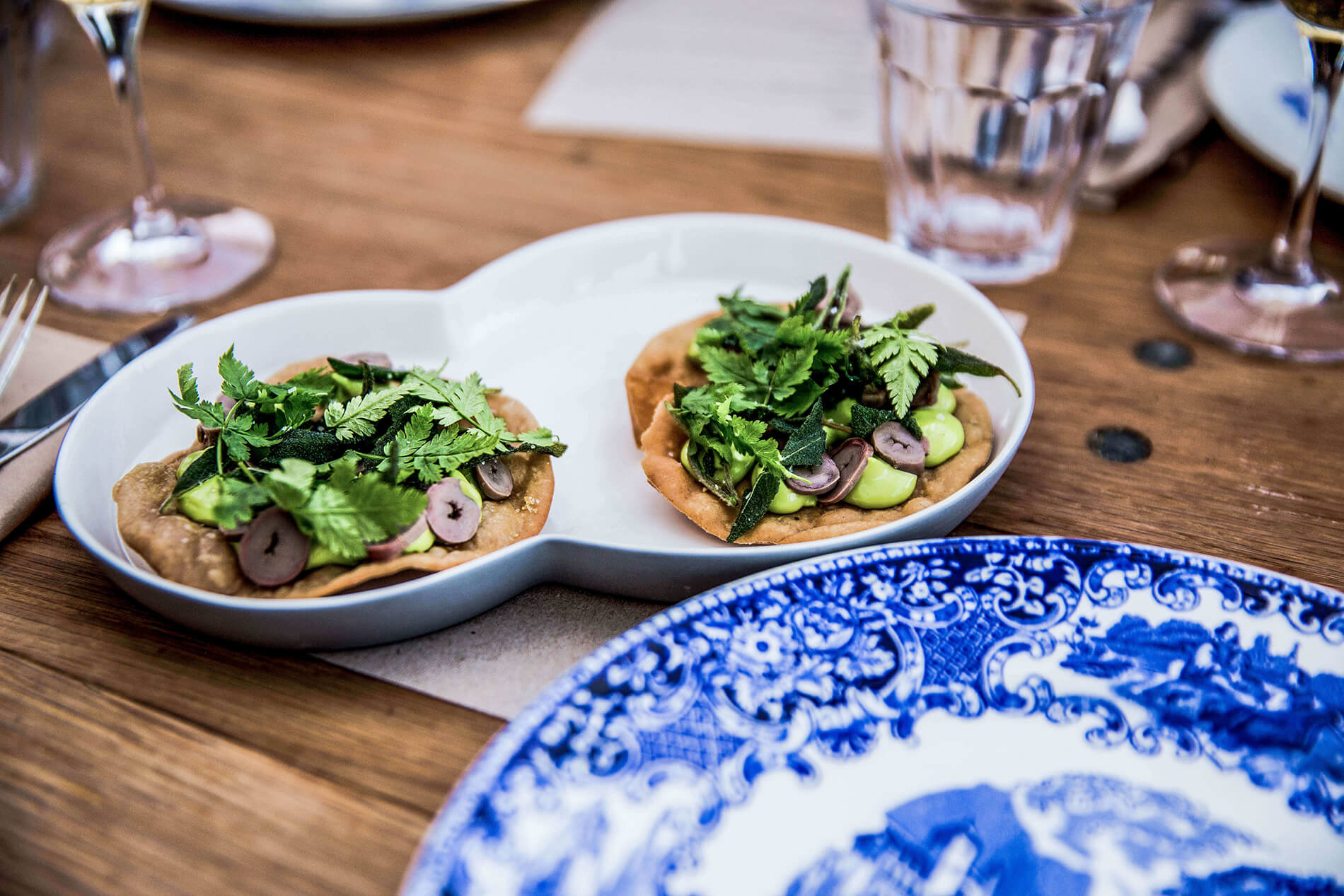
Image: Gro Spiseri
Fresh strawberries in winter, easy access to dragon fruit and banana blossoms… They must be in season somewhere, right? Yeah, we’re really spoiled as consumers. This “global harvest season” thing is terrible for the environment, though—we need more eco-friendly fare. Vertical farming and urban gardening are deliciously simple solutions for both restaurants and customers. Restaurants that grow their own fruits and veggies (or have them grown locally) benefit from extra-fresh products, energy savings, and reasonable transportation distances— not to mention improved biodiversity, with rare greens available and even tasty year-round. Restaurants that work the sustainability trend into their storytelling will be planting the seeds for future success.


